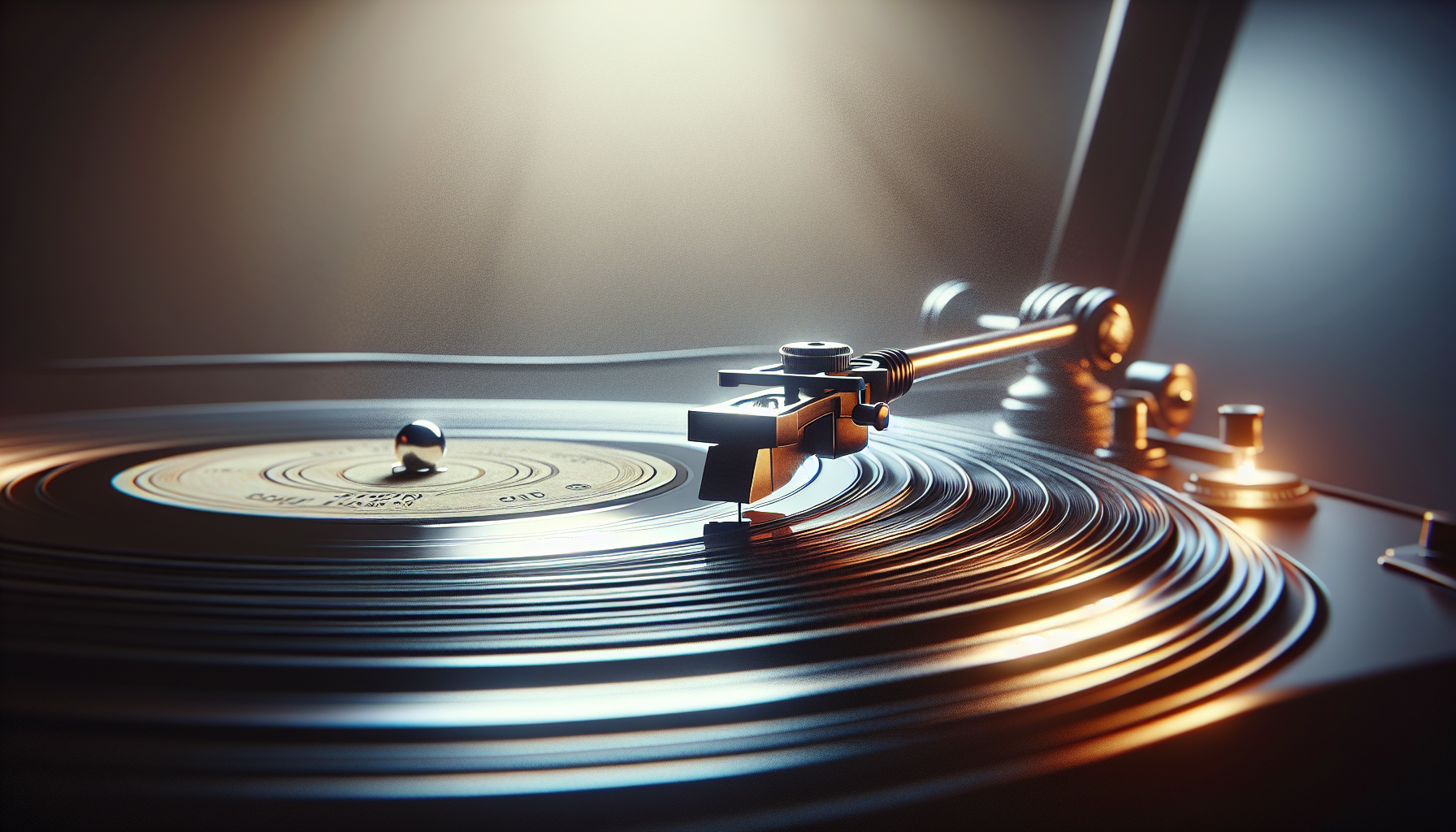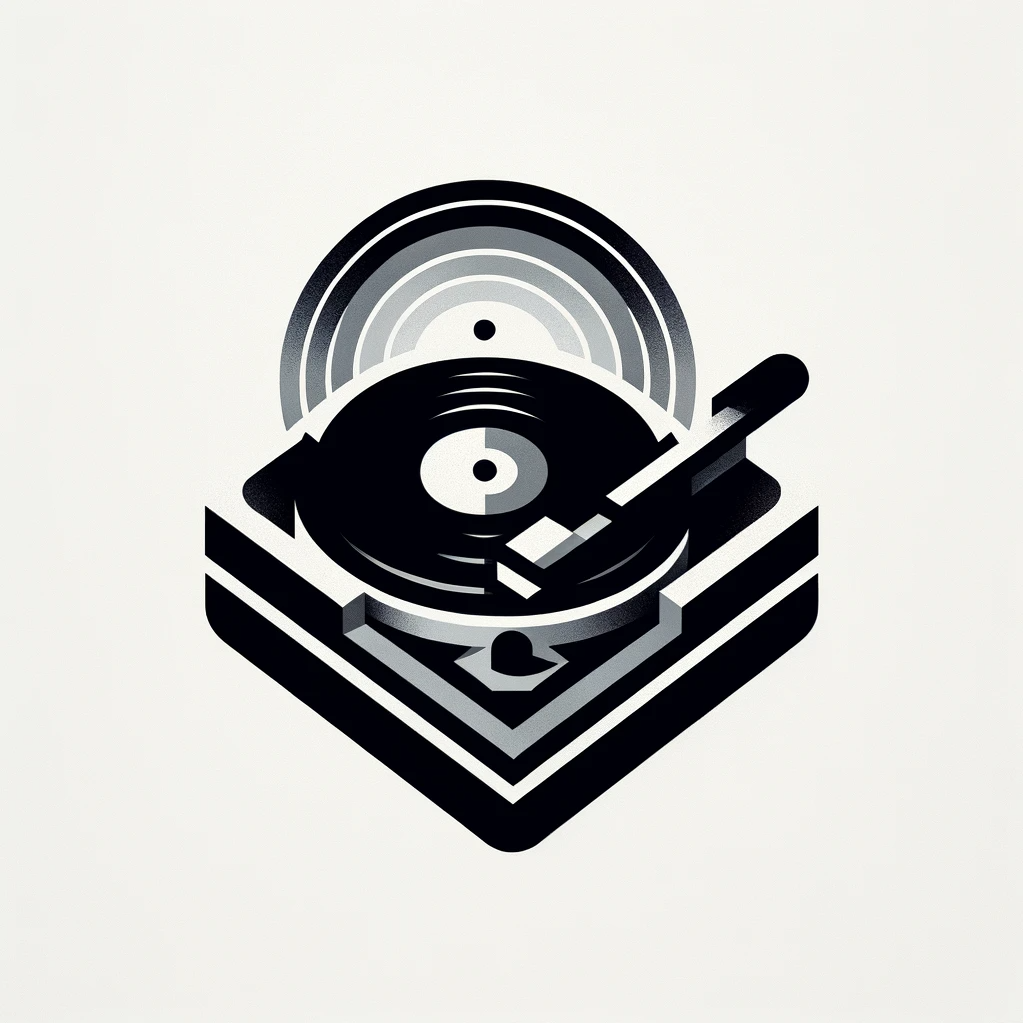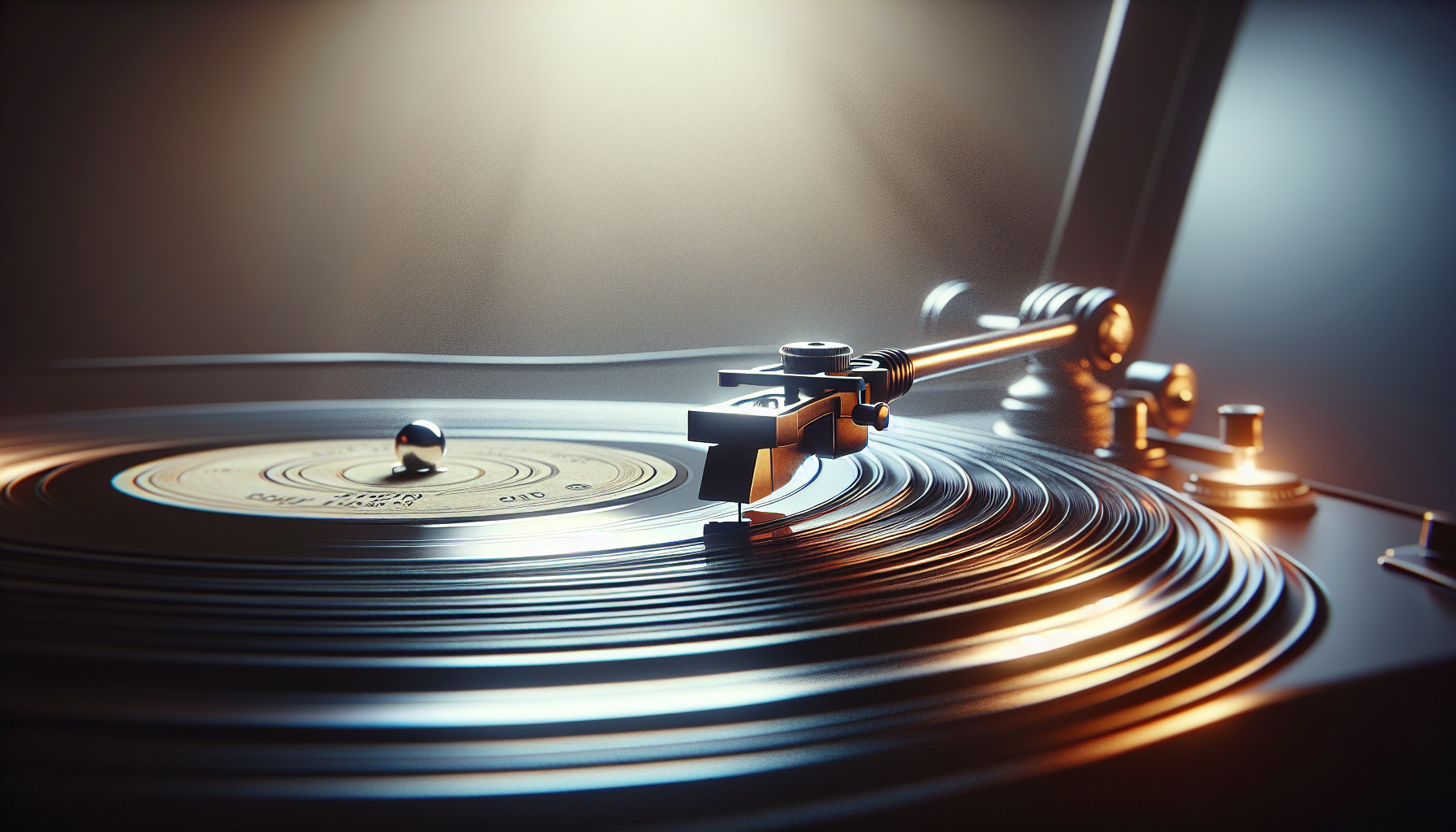Are you curious about the worth of those old 33 rpm records gathering dust in your attic? It’s amazing how something as simple as a vinyl record can hold sentimental value while also potentially having a significant financial worth. In this article, we will explore the fascinating world of old 33 rpm records and the factors that contribute to their value. So, dust off your record player and get ready to uncover the hidden treasures that might be lying within your collection.

Factors that Impact the Value of Old 33 RPM Records
When it comes to determining the value of old 33 RPM records, there are several factors that come into play. These factors can greatly influence how much your records are worth and can help you understand what collectors and enthusiasts are looking for. Here are the key factors that impact the value of old 33 RPM records:
Condition
One of the most important factors that affect the value of old records is their condition. The condition of the record itself, the cover, and any additional inserts or packaging can make a significant difference in their value. When it comes to evaluating the condition of a record, collectors often use a grading system, ranging from “Pristine” to “Poor.”
A record in “Pristine” condition means it is flawless, with no visible signs of wear or damage. A “Very Good” condition indicates that the record may have some slight wear, but overall, it is well-preserved. A record in “Good” condition may have more noticeable signs of wear, such as scratches or surface noise. When a record is considered to be in “Fair” condition, it usually means that it has significant wear and may not play well. Lastly, a record in “Poor” condition is heavily damaged and may not be playable at all.
Rarity
The rarity of a record is another crucial factor in determining its value. Records that were released in limited editions or have unique features are often highly sought after by collectors. Limited editions are typically produced in small quantities, making them more valuable and desirable to collectors. Promotional copies, first pressings, and unreleased material are also considered rare and can fetch a higher price in the market.
Unique features on a record can include special colored vinyl, rare album covers, or inserts like posters or lyric sheets. These unique elements make the record stand out and attract collectors who are looking for something special to add to their collection.
Demand
The demand for a particular record can greatly influence its value. The popularity of an artist or band can drive up the demand for their records. For example, records from iconic artists like The Beatles or Elvis Presley are highly sought after and can fetch a significant price in the market. Similarly, records that are associated with historical significance or have cultural relevance tend to have a high demand as well.
Collectors’ interest also plays a crucial role in determining the demand for a record. Some collectors specialize in specific genres or artists and are willing to pay a premium for rare or unique records that fit their collection. The more collectors there are interested in a specific record, the higher the demand and potential value.
Artist
The artist or band behind a record can have a significant impact on its value. Iconic artists who have left a lasting impact on the music industry, like The Rolling Stones or Bob Dylan, often have highly valuable records. These artists’ records are sought after by collectors and enthusiasts who value the historical and cultural significance associated with their music.
Legends and pioneers in various genres also tend to have valuable records. Artists who have had a significant influence on a particular genre, such as Miles Davis in jazz or Johnny Cash in country music, have records that are highly sought after by collectors who appreciate their contributions to the music world.
Additionally, one-hit wonders and underground artists can also have valuable records, especially if they have developed a cult following over the years. These records are often harder to find and can be highly sought after by collectors who appreciate the uniqueness and rarity they offer.
Genre
The genre of a record can also impact its value. Different genres have different fan bases and collectors, each with their own preferences and interests. Classical music records, for example, are often highly valued due to their timeless nature and the appreciation for the artistry involved in their creation. Jazz records, especially those from the golden era of jazz, are also highly sought after by collectors who appreciate the improvisational and experimental nature of the genre.
Rock records, particularly those from the 1960s and 1970s, are popular among collectors due to the revolutionary impact of the genre during that time. Blues records, with their soulful and emotive nature, are also highly valued. In recent years, hip hop records have gained traction in the collector’s market, with specific albums or artists gaining significant value due to their cultural impact.
Determining the Value
Now that we’ve discussed the key factors that impact the value of old 33 RPM records, let’s explore how you can determine the value of your own collection. Here are some steps you can take:
Researching Similar Sales
A good place to start is by researching similar sales. Look for records that are similar to yours in terms of condition, rarity, artist, and genre. Check online marketplaces, auction sites, and record stores to see what prices these records have sold for. This will give you a rough estimate of the value of your own records and help you set a reasonable expectation.
Consulting Price Guides and Databases
Price guides and databases specifically designed for records can also be helpful in determining value. These resources provide comprehensive information on various records, including their estimated value based on specific criteria. Make sure to consult reputable guides and databases to ensure accurate information.
Evaluating Condition
As mentioned earlier, the condition of a record is crucial in determining its value. Take a close look at your records and assess their condition. Look for any visible scratches, warps, or other signs of damage. Clean the records and covers properly to ensure they are in the best possible condition. The better the condition, the higher the potential value.
Seeking Appraisals
If you have a particularly valuable or rare record in your collection, it may be worth seeking professional appraisal. Experienced appraisers can provide you with an expert opinion on the value of your records based on their knowledge and experience. Keep in mind that professional appraisals may come with a fee, so consider this factor before pursuing this option.
Considering Market Trends
Lastly, it’s important to consider market trends when determining the value of your records. The value of certain records can fluctuate over time due to changes in demand and popularity. Stay up to date with the latest trends in the collector’s market to understand how these factors may impact the value of your own collection.
Where to Sell Old 33 RPM Records
Once you have a good understanding of the value of your old 33 RPM records, you may decide to sell some or all of your collection. Here are some popular options for selling old records:
Record Stores
Local record stores often buy and sell used records. Research record stores in your area and inquire if they are interested in purchasing your collection. Keep in mind that record stores typically offer wholesale prices, so you may not receive the full value for your records.
Online Marketplaces
Online marketplaces, such as eBay or Discogs, provide a convenient platform for selling old records. You can create listings for each record, set your desired price, and reach a wide audience of potential buyers. Make sure to accurately describe the condition of your records and include clear photographs to attract buyers.
Auctions
Auctions can be an excellent option if you have rare or highly valuable records. Find reputable auction houses that specialize in music memorabilia or records and inquire about their consignment process. Auctions can attract serious collectors who are willing to pay premium prices for unique or sought-after records.
Specialist Dealers
Specialist dealers or collectors who focus on specific genres or artists may be interested in purchasing your records. Research dealers or collectors who specialize in the type of records you have and reach out to them to discuss a potential sale. These individuals may have a deeper understanding and appreciation for the value of your records.
Collector’s Fairs
Attending collector’s fairs or record conventions is another opportunity to sell your old records. These events attract collectors and enthusiasts from all over, providing a chance to showcase your collection and connect with potential buyers. Research upcoming fairs or conventions in your area and reserve a booth if you want to sell directly to consumers.
Tips for Maximizing the Value
If you’re looking to maximize the value of your old 33 RPM records, here are some helpful tips:
Maintain Records’ Condition
Properly store and handle your records to maintain their condition. Use protective sleeves to prevent scratches, and handle them carefully by the edges to avoid leaving fingerprints or smudges. The better the condition, the higher the potential value.
Keep Original Packaging
If your records came with original packaging, such as album covers, posters, or inserts, make sure to keep them intact. Original packaging adds value and authenticity to your records and can make them more appealing to collectors.
Promote Unique Features
If you have records with unique features, such as limited edition colored vinyl or rare album covers, make sure to highlight these features in your listings or when showcasing your collection. These unique elements can make your records stand out and attract buyers who are looking for something special.
Highlight Historical Significance
If any of your records have historical significance or are associated with significant events, make sure to highlight these aspects. Explain the historical context and why the record is considered important. This can increase the perceived value and attract buyers who appreciate the historical significance.
Connect with Collectors
Join online communities or forums dedicated to record collecting and engage with other collectors. By connecting with fellow enthusiasts, you can learn more about the value of your records and potentially find interested buyers. These communities can also provide valuable insights and tips on maximizing the value of your collection.
Common Misconceptions
Before concluding, let’s address some common misconceptions about old 33 RPM records:
All Old Records are Valuable
While old records can certainly hold value, not all of them are valuable. Factors like condition, rarity, demand, artist, and genre play crucial roles in determining the value of a record. Just because a record is old doesn’t automatically mean it is valuable.
Records in Mint Condition are Always Expensive
While records in mint condition are generally more valuable, it’s not always the case that they are expensive. Factors like rarity and demand also impact the value. A record in mint condition that is common or lacks demand from collectors may not command a high price.
Value Only Increases with Age
While age can add value to some records, it is not the sole determining factor. The factors discussed earlier, such as condition, rarity, demand, artist, and genre, play a more significant role in determining the value of a record. Simply being old doesn’t guarantee an increase in value.
Popular Artists’ Records are Automatically Valuable
While records from popular artists can be valuable, it’s not a guarantee. Factors like rarity and demand are equally important. Some popular artists may have produced a huge number of records, making them less rare and less valuable. Conversely, less-known artists with limited releases can hold significant value.
Common Records Have No Value
While rare records tend to be more valuable, that doesn’t mean common records have no value. Some collectors are interested in building a comprehensive collection and may be willing to pay a fair price for more common records. It’s important to consider the interests and preferences of collectors when determining the value of your records.
In conclusion, the value of old 33 RPM records is influenced by various factors such as condition, rarity, demand, artist, and genre. Understanding these factors and properly evaluating your collection can help you determine its value and make informed decisions when it comes to selling or preserving your records. Remember to research similar sales, consult price guides, evaluate condition, seek appraisals if necessary, and stay updated with market trends. With the right approach, you can maximize the value of your old 33 RPM records and connect with collectors who appreciate the beauty of vinyl.

